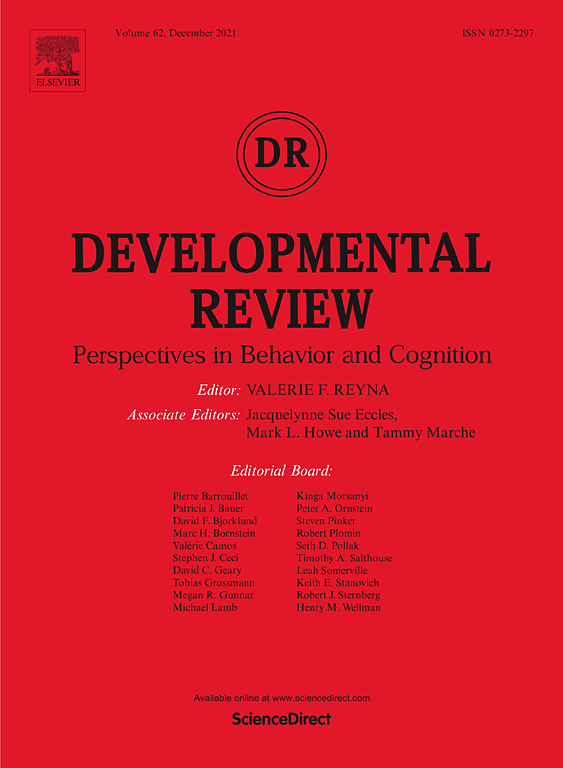 Highlights
Highlights
- Adolescents are stereotyped as heightened risk takers.
- But do adolescents take more risks than other age groups and is this behavior dysfunctional?
- A series of eight theoretical papers grapples with these questions.
- The result is an expanded understanding of this behavior and its potentially adaptive function.
The special series of articles on adolescent risk taking addresses the discrepancy between laboratory studies (see e.g., the meta-analysis by Defoe, Dubas, Figner, & van Aken, 2015) versus real-world data indicating a peak in risk behavior during adolescence. Such heightened adolescent risk-taking is a topic of strong current scientific interest and of paramount policy- and clinical- relevance. However, the commonly held notion that risk-taking is highest in adolescence (compared to other ages) is currently under scrutiny. Recent accumulating studies on adolescent risk-taking in controlled experimental settings show findings that challenge this conclusion. The Defoe et al.’s (2015) meta-analysis that summarized such studies concluded that adolescents indeed take more risks than adults on experimental risky decision-making tasks, especially when they receive immediate feedback on rewards and losses. However, children and adolescents take similar levels of risks—although adolescents actually engage in fewer risks than children when offered the opportunity to choose a sure option instead of a risky option. Thus, the following pertinent questions arise: compared to whom do adolescents take more risks? Why does this occur? And when is heightened adolescent risk taking more likely to occur? These questions call for a more comprehensive theory-driven approach to studying adolescent risk-taking. The current special issue aimed to respond to these questions.


